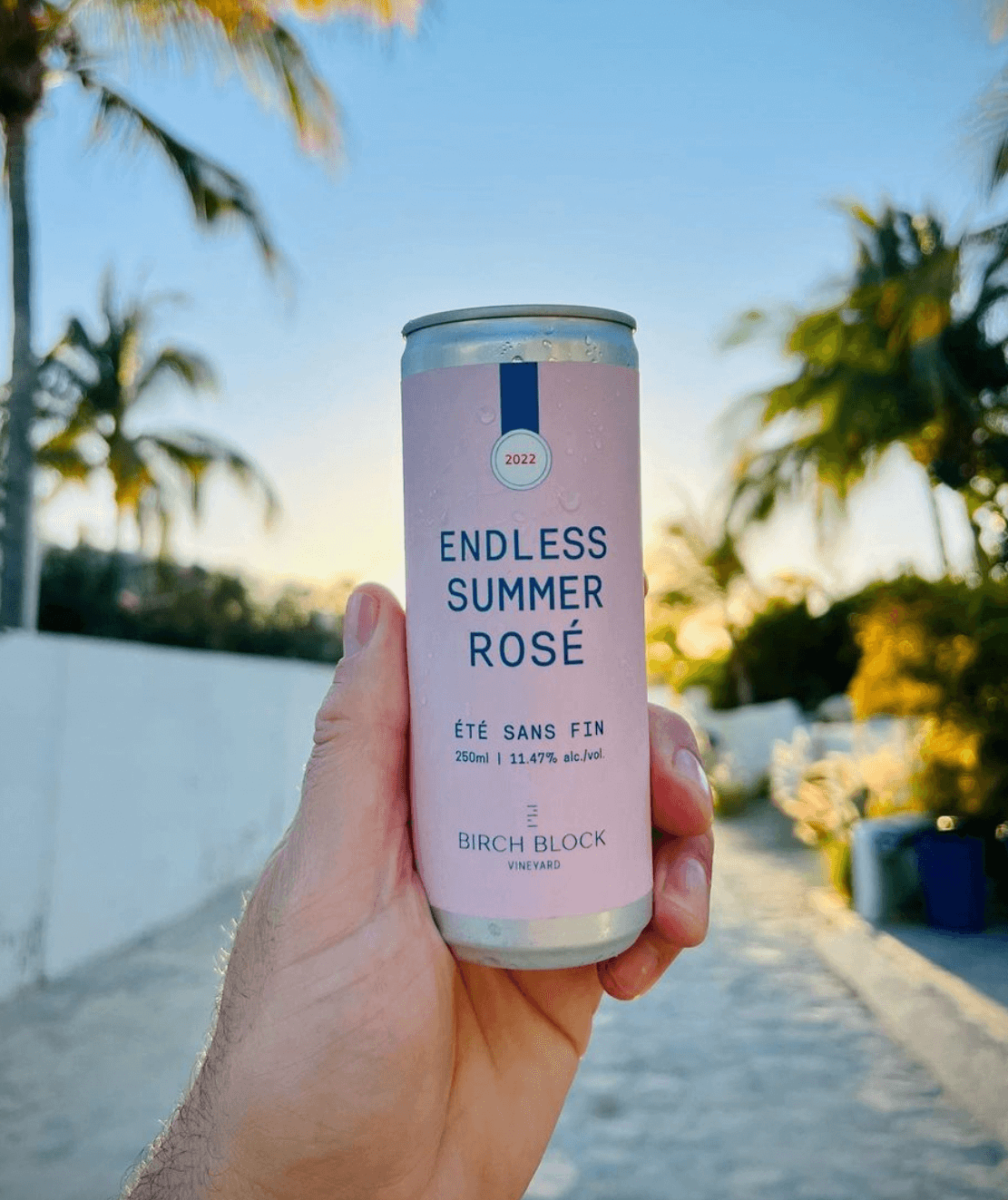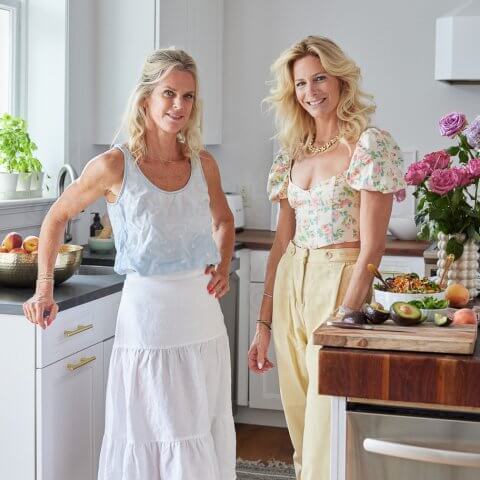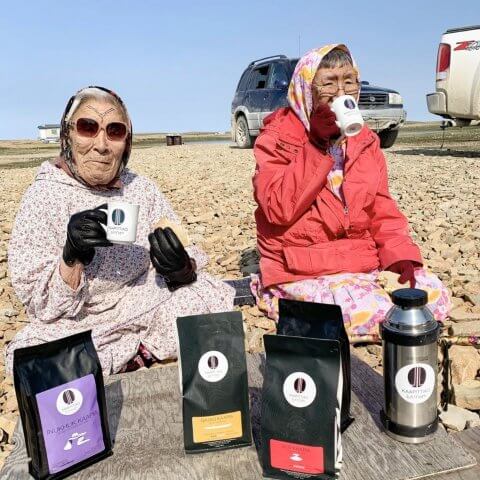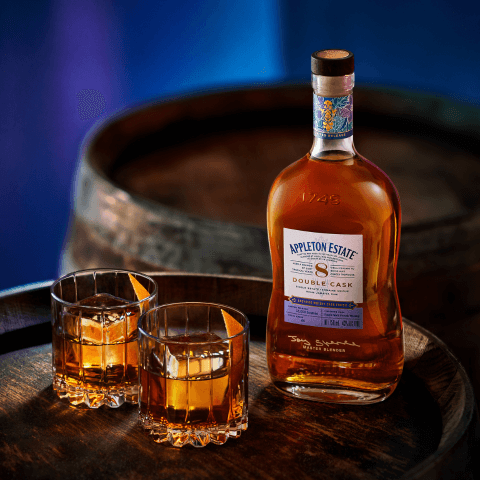Having had the good fortune of studying and living in Ville-Franche-Sur-Mer and Antibes, France for a couple of years in my early twenties, I learned the value of a well-balanced, refreshingly crisp rosé. Not quite white, not quite red, rosé when done right can borrow the best attributes of both: light and thirst-quenching, but with enough nuance and character to elevate a long summer lunch. Here’s my take on 10 things that go into a great rosé:
Quality

It all starts with good ingredients. In this case, grapes that have nothing to hide.
Balance
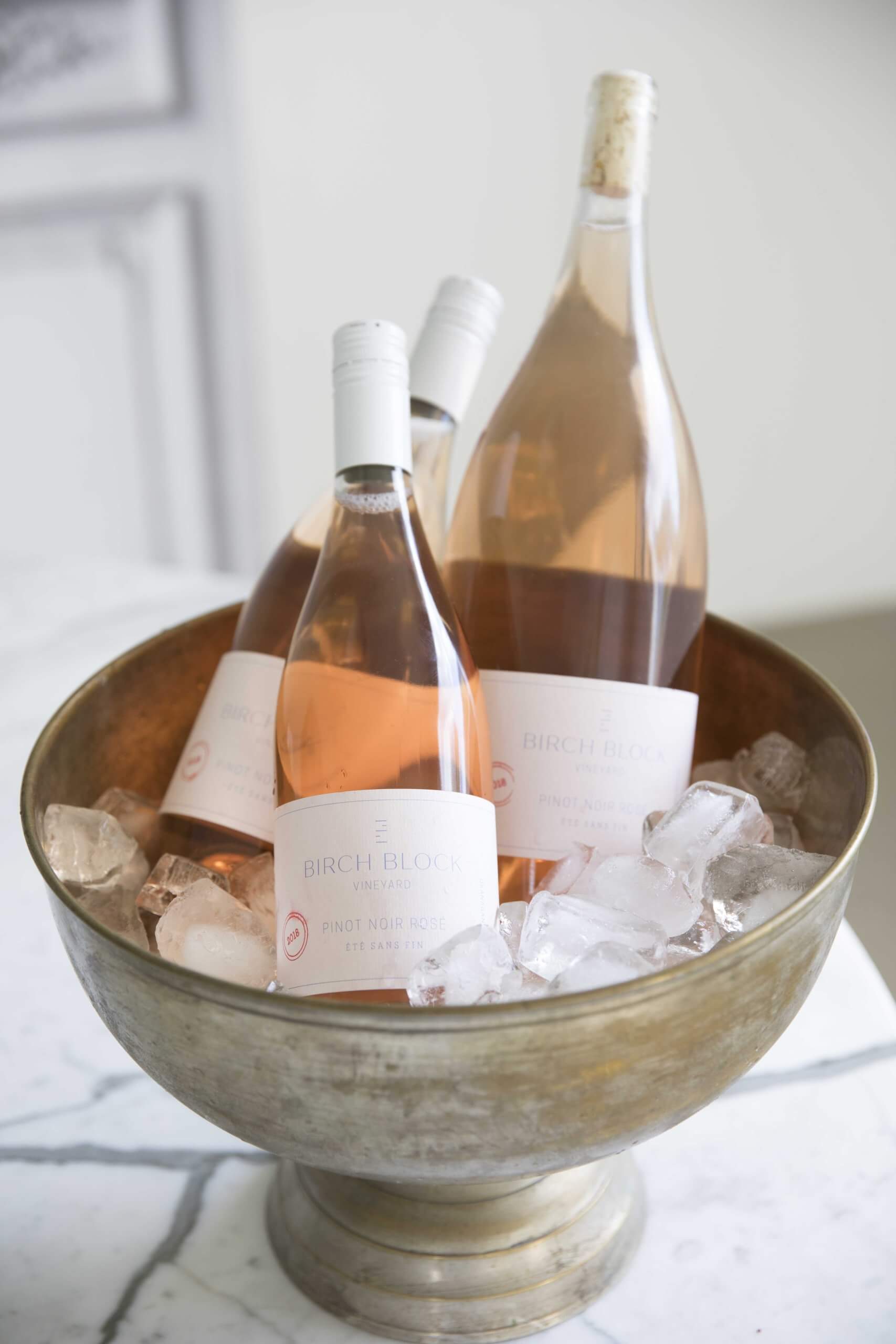
Nothing jumps out, but there is a harmonious balance of flavours with a pleasant lingering length on your palate. Low to no residual sugar isn’t a must, but for me – and for the rosé we make at Birch Block Vineyard – it is.
Acidity
A little zippy acidity excites your taste buds, refreshes your palate and lifts well-paired dishes or snacks.
Energy
Because of conventional farming practices and additions during the winemaking process, some wines just don’t have the same energy and life that others do. Look for biodynamic and low-intervention wines.
Versatility

Rosé should be equally enjoyable after a game of tennis, with a scallop crudo or on its own poolside. Versatility also comes in alternative packaging. At Birch Block Vineyard, we make 250ml Endless Summer rosé cans that chill faster, are portable and easier to recycle.
Appearance
There are so many lovely styles and hues of rosé. Explore them all and find what tickles your fancy, but we eat (and drink) with our eyes first, so keep in mind that appearance sets expectations and anticipation of what is to follow.
Terroir
With so many different styles and techniques of making rosé, the origin of where it was grown and made should shine through.
Intention

Not all rosé wines are created equal. Oftentimes, grapes that will not be good enough for red wine become rosé. Look for producers who farm, harvest and make wines from grapes that were always intended to make rosé.
Low alcohol
Who wants a crushable rosé that’s too boozy to enjoy in the afternoon? Look for something in the 10% to 11.5% range to keep the pool party classy.
Style
Rosé should take you to a place with espadrilles, sun and parasol pines – if only in your mind.

